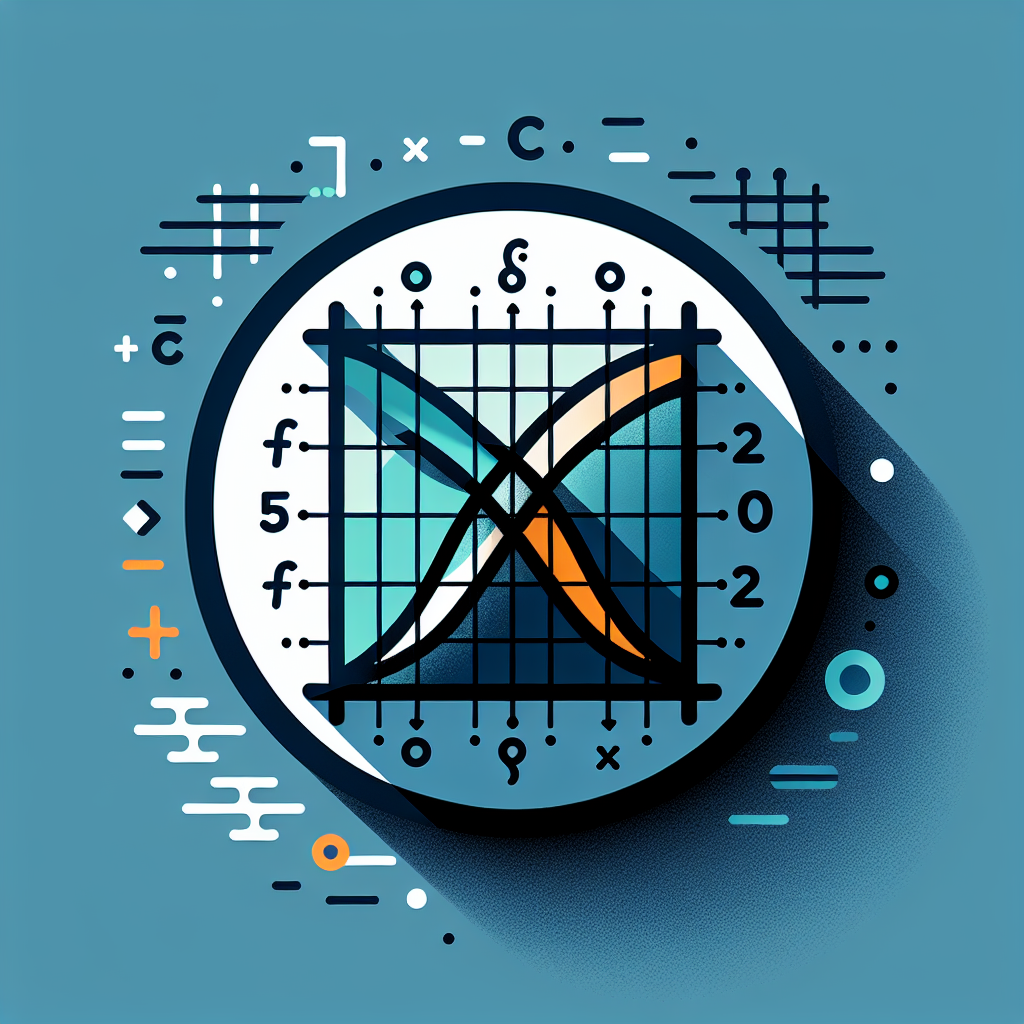Find the Range of a Function: A Powerful Guide

Understanding the Range of a Function
In the world of mathematics, functions are more than just abstract concepts—they are essential tools for modeling real-world phenomena. Whether you’re an aspiring mathematician, a software engineer, or simply a curious learner, understanding the range of a function is crucial. But what exactly is the range, and how do we calculate it? This blog post will guide you through the process of finding the range of a function, exploring essential techniques and examples.
What is the Range of a Function?
The range of a function refers to the set of all possible output values it can produce. In simpler terms, it’s the collection of all y-values that a function can output when we input all possible x-values. Understanding the range helps in visualizing the behavior of a function and predicting its outputs.
Why is Finding the Function Range Important?
- Predictive Analysis: Knowing the range can help predict future outcomes based on the function.
- Graphical Representation: It aids in drawing accurate graphs.
- Problem Solving: Essential in solving equations and inequalities involving functions.
Techniques for Function Range Calculation
Calculating the range of a function can vary in complexity depending on the type of function. Here are some common methods used:
1. Analyzing Graphs
Graphical analysis is a straightforward method for visual functions.
- Plot the Function: Start by plotting the function on a graph.
- Identify Outputs: Look at the y-values covered by the curve.
- Determine the Range: Note the lowest and highest points on the y-axis.
For example, consider the function ( f(x) = x^2 ). When plotted, it forms a parabola opening upwards. The range is all non-negative real numbers: ([0, \infty)).
2. Algebraic Methods
For functions that are difficult to graph, algebraic methods can be employed.
- Solve for x in terms of y: Rewrite the function’s equation to express x as a function of y.
- Identify Valid y-values: Determine which y-values result in real x-values.
Consider ( f(x) = \sqrt{x - 2} ). Solving ( y = \sqrt{x - 2} ) gives ( x = y^2 + 2 ). Since a square root is only defined for non-negative values, ( y \geq 0 ). Thus, the range is ([0, \infty)).
3. Inequalities and Domain Analysis
Functions often have restrictions based on their domain.
- Determine the Domain: Identify all valid x-values.
- Apply Constraints: Use these constraints to find the range.
For rational functions like ( f(x) = \frac{1}{x-1} ), the domain ( x \neq 1 ) impacts the range. The range will be all real numbers except zero, as the function never produces a zero output.
Examples of Finding the Function Range
Polynomial Functions
- Example: ( f(x) = x^3 - 3x + 2 )
- Range Calculation: Polynomial functions of odd degree (like cubics) typically have a range of all real numbers since they extend infinitely in both directions.
Trigonometric Functions
- Example: ( f(x) = \sin(x) )
- Range Calculation: The sine function oscillates between -1 and 1, giving it a range of ([-1, 1]).
Exponential Functions
- Example: ( f(x) = e^x )
- Range Calculation: Exponential functions are always positive, so the range is ((0, \infty)).
Special Considerations
Composite Functions
Composite functions, like ( f(g(x)) ), require evaluating the range of the inner function, then using that as the domain for the outer function.
Piecewise Functions
For piecewise functions, calculate the range of each piece separately, and then combine them.
Conclusion
Understanding how to find the range of a function is an essential skill in mathematics and many applied fields. Whether through graphical analysis, algebraic manipulation, or understanding domain constraints, there are various techniques to accurately determine a function’s range. By mastering these methods, you can enhance your analytical skills and apply mathematical functions more effectively in real-world scenarios.
As you continue to explore mathematical functions and their ranges, remember that practice is key. The more you engage with different types of functions, the more intuitive these calculations will become.